Solid leadership is key to solving myriad shared challenges
In modern catheterization labs, the recurring challenges are all about maximizing efficiency, and almost all solutions involve communication and accountability instituted from the leadership level. That was the clear takeaway message for participants attending a distinctive daylong retreat convened earlier this year by the affiliate program team of Cleveland Clinic’s Miller Family Heart & Vascular Institute.
Cleveland Clinic is a non-profit academic medical center. Advertising on our site helps support our mission. We do not endorse non-Cleveland Clinic products or services. Policy
The event — dubbed the “Cath Lab Leadership Summit: Driving Financial Success in the Procedural Area” — was held at Cleveland Clinic’s main campus and drew 63 participants from the cath lab leadership teams of 18 hospitals or health systems across the U.S. who have entered into affiliate or alliance relationships with the Heart & Vascular Institute.
The aim was for participants to showcase financial best practices for the cath lab and share examples of what’s worked (or hasn’t) when implementing changes to boost patient satisfaction, quality of care and staff engagement — all while pursuing lower-cost care delivery. This was done through a series of short presentations and panel discussions involving leaders of all cath lab stakeholder groups — physicians, nurses, administrators and supply chain managers.
“A systematic and collaborative approach is necessary for achieving the highest level of efficiency and quality in the cath lab,” says Samir Kapadia, MD, Director of the Cardiac Catheterization Laboratory at Cleveland Clinic. “This is the type of learning we should share more often.”
Presenters and discussants came from Cleveland Clinic’s main campus and regional hospitals as well as from several organizations with an affiliation or alliance with Cleveland Clinic, including MedStar Health in the Washington-Baltimore metro area, UPMC Susquehanna in Pennsylvania, and Valley Health in New Jersey. And lively discussion sessions encouraged sharing from all summit participants, representing large academic centers and smaller community hospitals alike.
“Summits like this are about bringing fresh ideas and various points of view to the table, building on our combined success and sharing best practices,” says Christopher Bajzer, MD, Director of Cardiovascular Medicine, Cleveland Clinic Affiliate Network. “We all end up learning a lot from each other.”
“When you’re able to gather a group of highly motivated professionals with a common goal of improving patient care, the sky is the limit for raising the bar in patient care,” adds Cleveland Clinic Cath Lab Manager Scott Hantz, MSN, RN.

Summit participants from UPMC Susquehanna, an affiliate of Cleveland Clinic’s Heart & Vascular Institute, during one of the day’s many panel discussions. They shared how a high-functioning leadership team has been central to their cardiovascular program’s success in achieving an 83 percent market share in their region.
The agenda spanned cath lab topics ranging from administrative, physician and nursing leadership roles to radial access, nursing strategies, optimizing case scheduling, metrics of efficiency, supply chain best practices, business review processes and documentation best practices.
Recurrent themes of cath lab challenges surfaced in the discussions, including:
Further discussion identified broad themes behind these challenges — built-in obstacles to efficient work flows and an overall lack of accountability for efficiency — and pointed to an overarching key to solutions: strong, coordinated and transparent cath lab leadership.
“A clear consensus was that solid leadership was needed in all three key areas of cath lab operations — administration, physician staffing and nursing — and that these leaders must work together and share the same goals for efficiency, with a focus on accountability for achieving those goals,” says Dr. Bajzer.
Presenters from MedStar Union Memorial Hospital shared a compelling example: They overcame poor physician cath lab scheduling practices by implementing what they call a “competitive scheduling process” that rewards physicians for being on time for cases and having all pre-procedure paperwork and labs completed and available. The process likewise holds accountable physicians who are late for cases or not prepared.
“Leadership is of utmost importance,” said John Wang, MD, chief of the cath lab at MedStar Union. “Physician leaders must lead by example and enforce rules fairly and consistently. In the end, physicians will end up losing credibility if they fail to be on time. That’s accountability.”

Cleveland Clinic’s Samir Kapadia, MD (left), chats with John Wang, MD, of MedStar Union Memorial Hospital at the summit. Both physicians direct their respective institutions’ cath labs.
This summit follows a similar 2016 gathering for affiliate and alliance programs focused on electrophysiology lab management. Stay tuned for word on hoped-for future summits on other high-interest value and management challenges in cardiovascular caregiving.
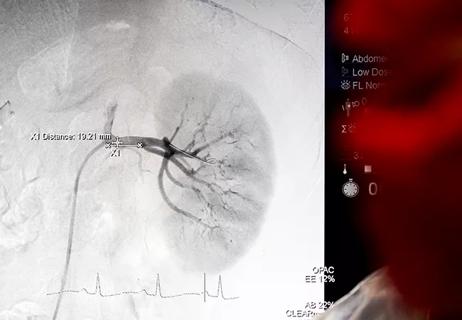
General principles for use of the long-awaited new therapy approach

ACC panel issues call to action to achieve CV health equity in an underserved population
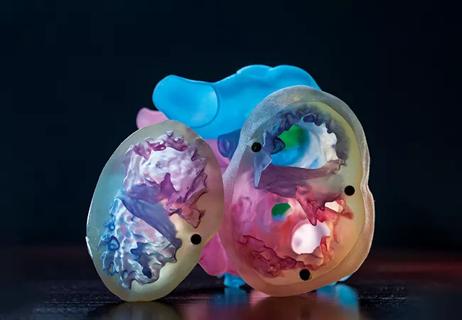
Get a glimpse of the facilities and technologies used by the nation’s top-ranked heart program
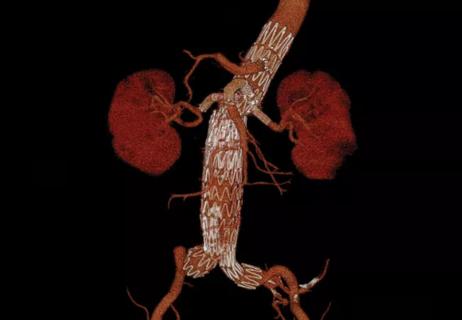
EVAR pioneer Dr. Juan Parodi surveys the past and future of a revolutionary procedure
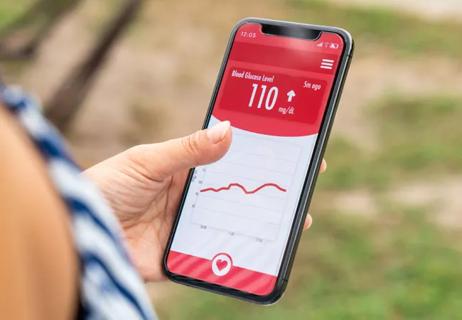
Latest systems combine continuous glucose monitoring with automatic basal insulin delivery

Common congenital lesion is not always benign
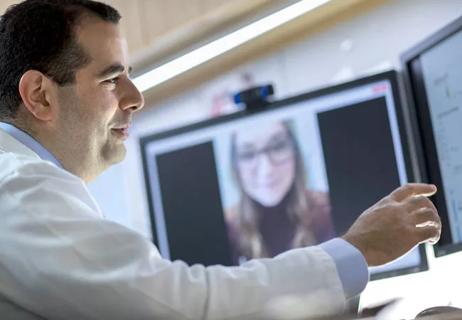
New study yields pre-pandemic insights for the post-pandemic landscape
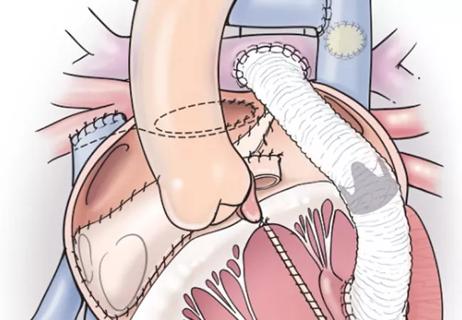
Series of five patients successfully treated with ‘ventricular switch’